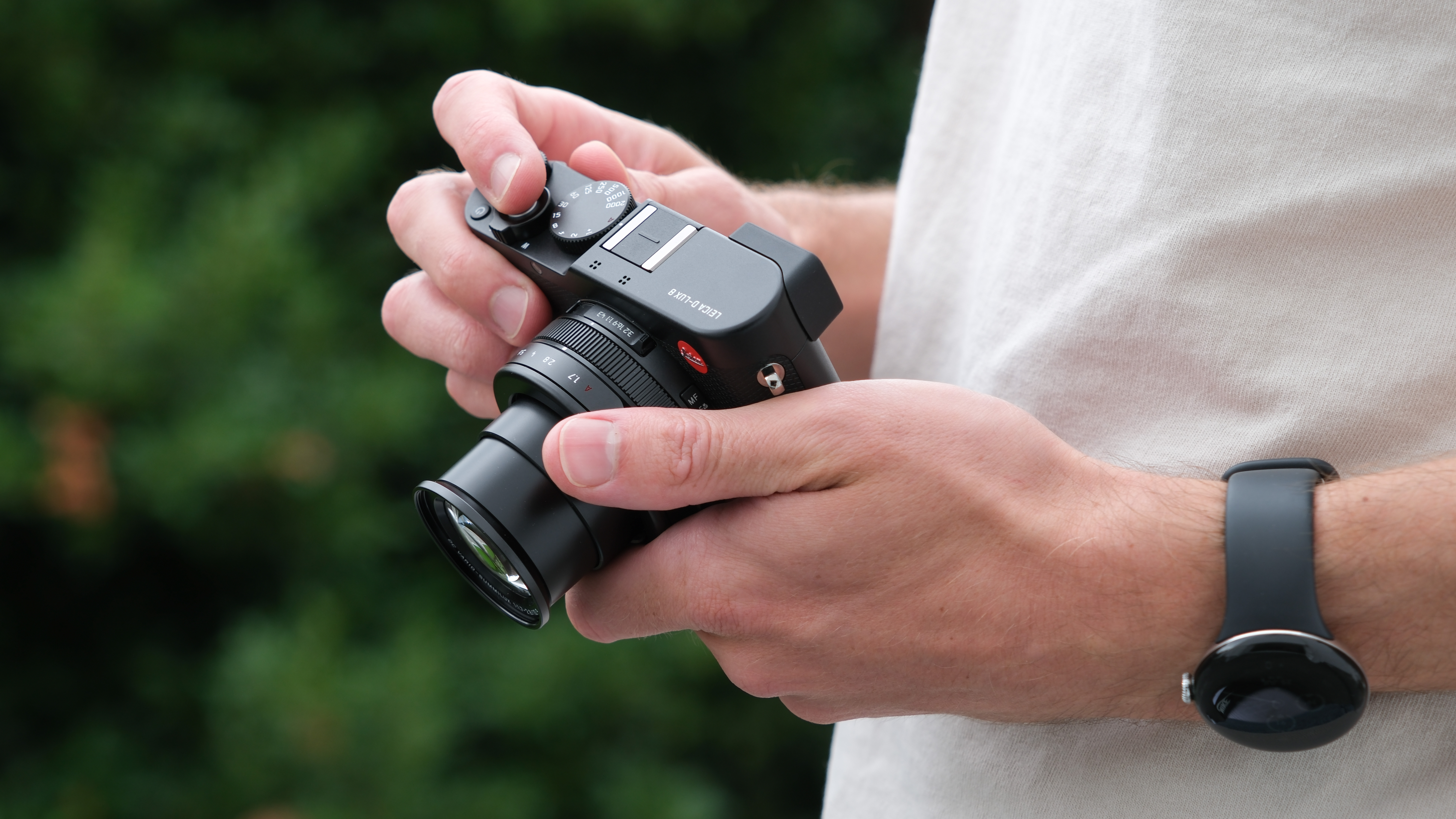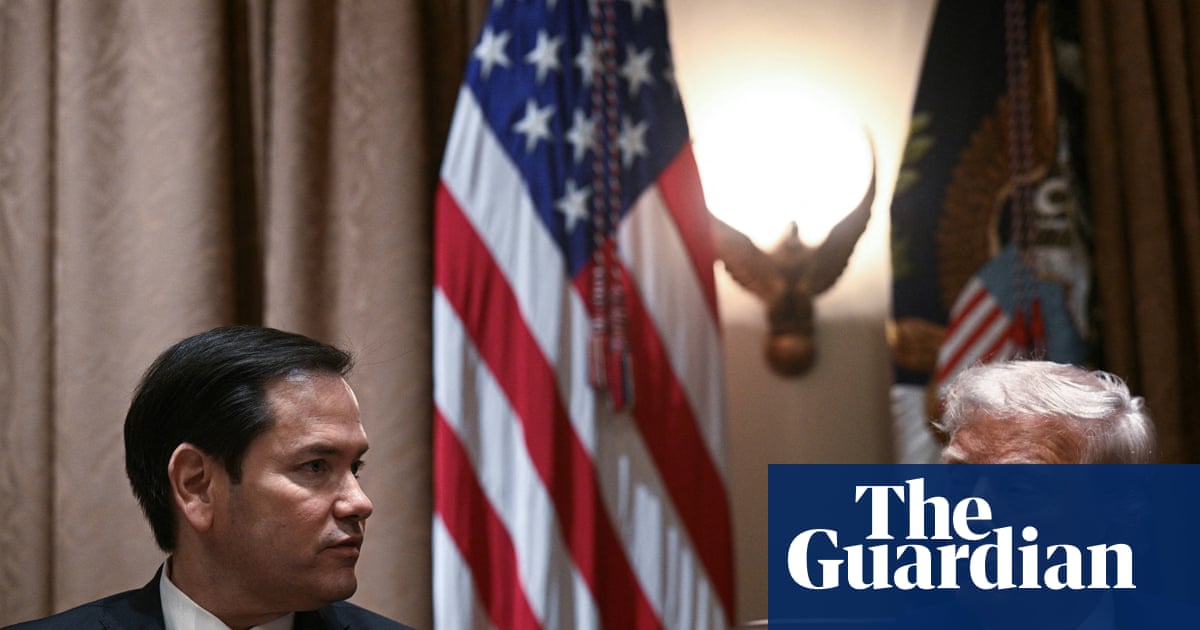This popular compact camera used to be $1,595. Tariffs have now pushed the price to $2,790

The introduction of new tariffs on goods imported into the US has caused a lot of speculation about potential price increases – and the reality of just how much prices could change are starting to pop up at retailers. Last week, Leica dealers shared that prices in the US would be increasing as a result of the tariffs beginning May 01 – but didn’t share how much the increase would be or on which products. Now that the date has come, though, photographers are seeing some of the real impact on the numbers. The Leica D-Lux 8, a compact camera that originally sold for $1,595 when it was launched, is now listed for $2,790 at Adorama and Leica's US store. That's a price increase of $1,197. The D-Lux 8 is made in China, according to the technical specifications, a country facing a 145% tariff on goods imported to the US currently. A 145% tariff on a $1,595 product would be about $2,312. Adding those numbers together would be $3,908 so, while the price increase is steep, it does appear that the company is absorbing some of those increased import fees for some products. While the D-Lux 8 is now listed for $2,792 at Adorama, B&H still has it listed for $1,595 – but doesn't have the camera in stock. Adorama indicates that the camera is back-ordered and doesn't ship until July. The D-Lux 8 isn’t the only Leica camera to list for more today than it did on April 30. Most of the company's cameras, however, are made in Germany, which faces a much lower tariff (currently frozen at 10% until July, when it is due to revert to 20%). The Leica Q3 was $5,995 at launch; the camera is now $6,735. The Leica SL3’s original list price in the US was $6,995; the mirrorless body is now listed at $7,485. The price change applies to products beyond cameras as well. The Leica Lux phone grip, for example, was $329 at launch and is now listed for $625. Lenses have been impacted, too. For example, the Leica Summicron-SL 50mm f/2 ASPH cost $1,895 at launch; today that lens is listed for $2,350. The Leica Sofort 2, an instant camera, appears to sit at the same price as before. Leica also shared that, because all of the Leica gear sold in North America is shipped to its US distribution center first, prices in Canada would also be increasing. The D-Lux 8 is currently listed for CA$3,380 CAD at The Camera Store, which using the exchange rate is about $2,441. While Leica isn’t the only company to warn photographers of a price increase, the company is one of the first to roll out higher prices across multiple products – which means that Leica’s price changes could hint at what the camera market may look like if the tariffs do not change. Leica is a luxury brand, however, so it’s unclear if price increases from other brands could follow a similar hike, or if Leica has more ability to absorb some of the tariff impacts than other brands. The Trump Administration’s originally recommended tariff numbers have been temporarily lowered to 10% through July to allow for trade negotiations. However, the pause excludes China, which is facing the highest rate at 145%. The trade war that erupted as President Donald Trump began his second term has faced several changes and pauses, creating uncertainty among businesses and lowering consumer confidence. Tariffs have also impacted other compact cameras. Fujifilm has paused orders of the popular X100VI, which is also made in China, while several cameras from the brand have now become hard to find in the US. Canon noted in an investor relations report that it would be increasing prices, but has not indicated by how much. Blackmagic Design has also increased some prices related to the tariffs. You may also like Tariffs are constantly changing – follow our live blog on the impact tariffs have on the camera industry for up-to-date news. You can also see where cameras are made to get an idea of the tariffs at play on the different brands.



















